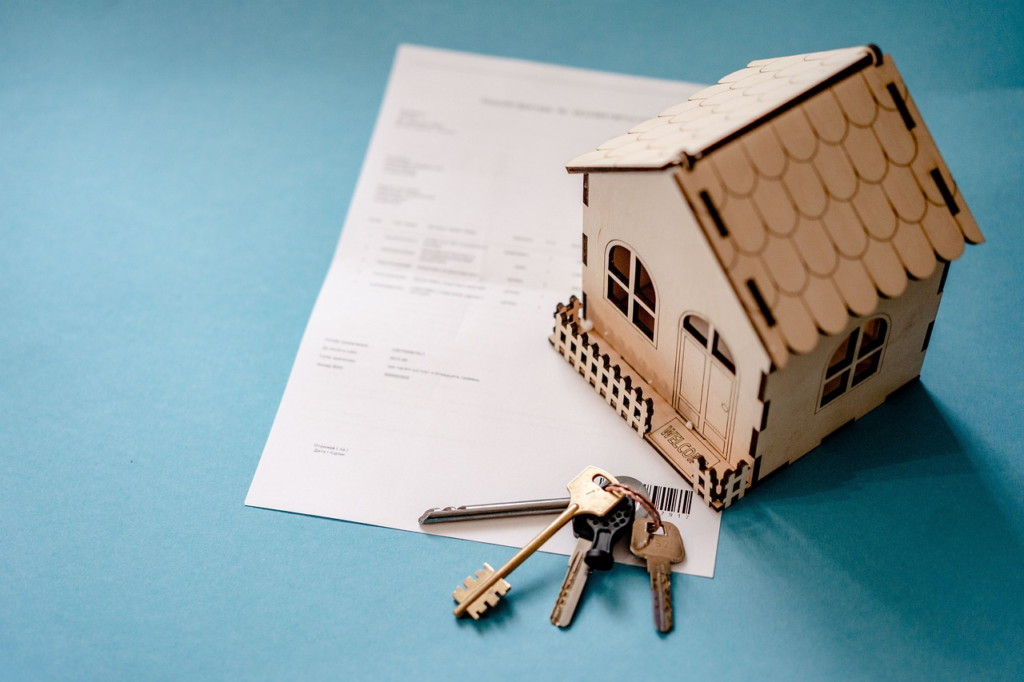Introduction to Home Insurance
Home insurance is a crucial safeguard for homeowners, providing financial protection against various risks that could damage or destroy your home and its contents. This type of insurance policy is designed to cover losses due to events like fire, theft, natural disasters, and more. Understanding the nuances of home insurance can help you make informed decisions and ensure that your most valuable asset is adequately protected.
Types of Home Insurance Policies
Home insurance policies come in several forms, each offering different levels of coverage. The most common types include HO-1, HO-2, HO-3, and HO-5 policies. HO-1 is a basic policy covering a limited range of perils, while HO-2 offers broader coverage. HO-3 is the most popular policy, providing extensive coverage for the structure of the home and personal belongings, except for specific exclusions. HO-5 policies offer the most comprehensive coverage, often including high-value items like jewelry and electronics.
What Does Home Insurance Cover?
A standard home insurance policy typically covers the dwelling, other structures on the property, personal belongings, liability protection, and additional living expenses. The dwelling coverage protects the physical structure of your home, while other structures coverage includes items like garages and sheds. Personal belongings coverage ensures that your furniture, clothing, and other items are protected against theft or damage. Liability protection covers legal expenses if someone is injured on your property, and additional living expenses help cover the cost of living elsewhere if your home becomes uninhabitable.

Factors Affecting Home Insurance Premiums
Several factors influence the cost of home insurance premiums. These include the location of your home, its age and condition, the materials used in its construction, and your claims history. Homes in areas prone to natural disasters or high crime rates generally have higher premiums. Additionally, older homes or those made with materials that are expensive to replace can also lead to higher insurance costs. Your credit score and the presence of safety features like smoke detectors and security systems can also affect your premiums.
How to Choose the Right Home Insurance Policy
Selecting the right home insurance policy involves assessing your needs and comparing different options. Start by determining the amount of coverage you need based on the value of your home and belongings. Consider the specific risks in your area and look for policies that offer protection against those perils. It’s also essential to compare quotes from multiple insurers to find the best rates. Reading customer reviews and checking the financial stability of insurance companies can help ensure that you choose a reliable provider.
Common Exclusions and Limitations
Home insurance policies often come with exclusions and limitations that homeowners should be aware of. Common exclusions include damage caused by floods, earthquakes, and acts of war. Separate policies or endorsements are needed to cover these risks. Additionally, there may be limitations on coverage for high-value items like jewelry, art, and collectibles. Understanding these exclusions and limitations can help you avoid unpleasant surprises when filing a claim and ensure you have the necessary coverage.
Tips for Lowering Home Insurance Costs
There are several strategies homeowners can use to lower their home insurance costs. Installing security systems, smoke detectors, and deadbolt locks can reduce premiums by making your home safer. Bundling your home insurance with other policies, such as auto insurance, can also lead to discounts. Additionally, maintaining a good credit score and increasing your deductible are effective ways to reduce your insurance costs. Regularly reviewing your policy and updating it to reflect changes in your home’s value or contents can also help you save money in the long run.
Conclusion
Home insurance is an essential investment for protecting your home and personal belongings. By understanding the different types of policies, coverage options, and factors affecting premiums, you can make informed decisions to safeguard your property. Regularly reviewing your policy and making necessary adjustments ensures that you have the appropriate coverage to meet your needs and provides peace of mind knowing that your home is well-protected.
